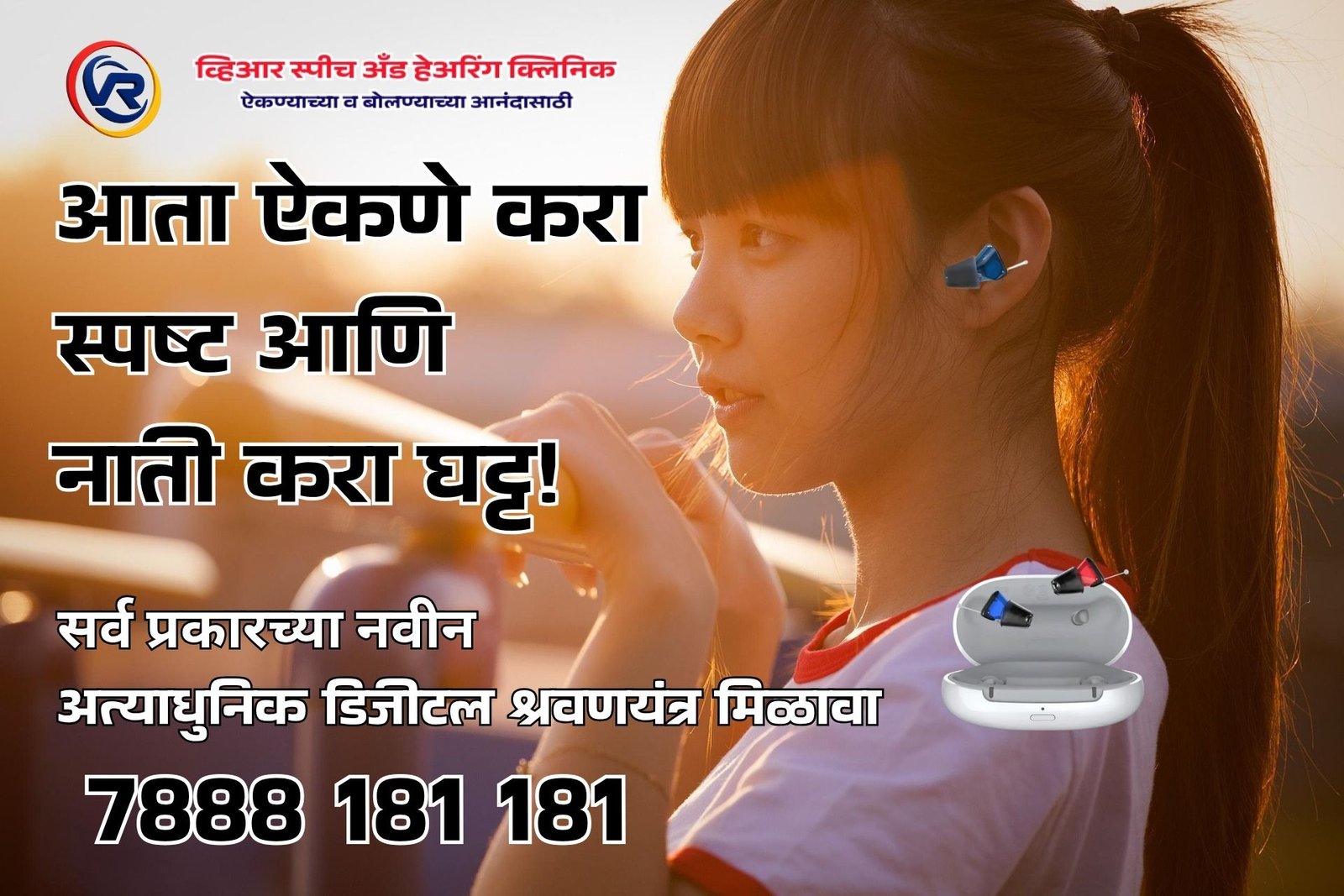Ear piercing is one of the oldest and most loved forms of body adornment across the world. It beautifully combines cultural heritage, modern fashion, and even aspects of health and wellness. From infants to adults, ear piercing continues to be a meaningful and stylish choice.
Contents
🔹 Cultural and Traditional Importance
In India, ear piercing—known as Karnavedha Sanskar—is a centuries-old ritual deeply rooted in tradition. According to Ayurveda, piercing the ears helps maintain balance in the body’s energy flow (Nadis), improves eyesight, and enhances brain function.
The ceremony is often performed during early childhood and marks an important milestone in a child’s growth and development. Beyond its symbolic meaning, it is also believed to have health benefits related to acupressure points located in the ear lobes.
🔹 Modern Fashion & Self-Expression
Today, ear piercing has transcended its traditional roots to become a bold fashion statement. From minimalist single studs to multiple piercings and designer jewelry, it’s a versatile way to express individuality and personal style.
Men and women alike explore unique patterns—helix, tragus, cartilage, or lobe piercings—to complement their look and personality. Jewelry trends have also expanded, including gold, titanium, surgical steel, and diamond studs.
🔹 Health & Hygiene Tips
Although ear piercing is a simple and safe procedure, it must be done under proper medical or professional supervision to prevent infections or complications.
Before the Piercing:
Choose a reputed clinic or certified piercer.
Ensure the use of sterile, single-use equipment.
Verify that earrings are made of hypoallergenic materials like surgical steel, titanium, or gold.
Aftercare Instructions:
Clean the pierced area twice daily with an antiseptic or saline solution.
Avoid touching the ears with unclean hands.
Do not remove or change the earrings for 4–6 weeks until complete healing.
Avoid swimming or applying cosmetics near the pierced area during the healing period.
If redness, swelling, pain, or discharge occurs, consult a doctor or audiologist immediately.
🔹 For Children and Sensitive Ears
Ear piercing for children should always be performed in a medical or hygienic clinic setting—never at home or roadside shops.
Use of hypoallergenic earrings (gold, surgical steel, or titanium) is recommended to prevent allergic reactions or infections.
Parents should monitor the healing process and ensure proper hygiene during the first few weeks after piercing.
Frequently Asked Questions (FAQs)
1. What is the best age for ear piercing?
In India, it is often done in infancy or early childhood (3–12 months). However, ear piercing can be safely done at any age under professional care.
2. Is ear piercing painful?
A brief sting or pinch is felt during the process, but the discomfort is minimal and temporary. Numbing creams or sprays may be used for children or those with low pain tolerance.
3. How long does it take for a piercing to heal?
Lobe piercings typically heal in 4–6 weeks, while cartilage piercings may take 8–12 weeks or longer depending on aftercare.
4. What materials are best for new piercings?
Hypoallergenic materials like surgical steel, titanium, 14–18k gold, or medical-grade plastic are ideal to minimize infection or allergic reaction.
5. Can ear piercing help with health issues?
According to traditional Indian and Ayurvedic beliefs, ear piercing may help stimulate certain acupressure points that support eyesight, mental balance, and general health—though these claims are not scientifically proven.
6. When should I consult a doctor after piercing?
If you experience severe pain, redness, swelling, pus discharge, fever, or delayed healing, consult a qualified doctor or ENT specialist promptly.
7. Can I wear any earring after healing?
Once the piercing is completely healed, you can switch to your preferred jewelry. However, avoid heavy or low-quality metal earrings to prevent irritation.


